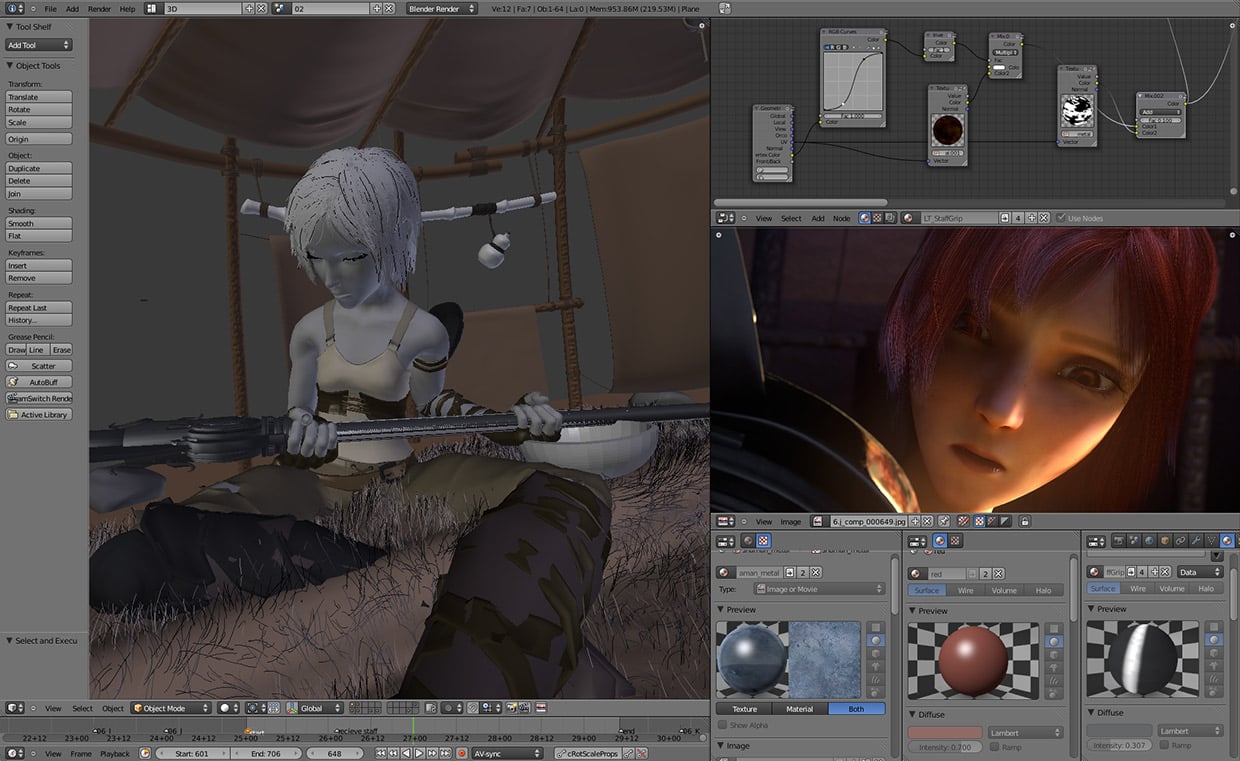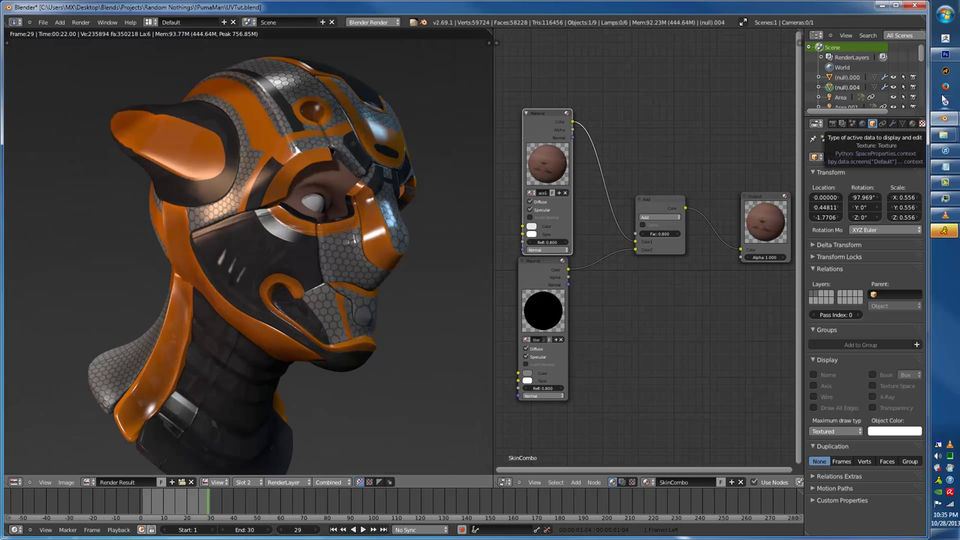

In this article, we’ll go over what UDIMs are, and how we can use them on our own assets. CC BY-SA 3.0 licenseįor a model like this, that approach may not be as feasible. Depending on each mesh’s size in the scene, a single or group of meshes can occupy their own 0-1 UV grid (but this could mean more textures than we’re comfortable dealing with for one object).Ĭredits:* Monster, designed and created by Daniel Bystedt. Source: “Ship Pinnace” by James Ray Cock, Nicolo Zubbini and Rico Cilliers, available at Poly HavenĪ model like this, for example, could consist of many separate meshes. Of course, this would mean that our “Hero” assets will need to have their UV shells or islands take more space in the UV grid, and larger Texture Map sizes, which can be a problem if the asset is relatively large and consists of a single mesh. Assets like these are typically granted much more texture resolution/texel density to allow their finer details to shine through a shot, and to remain crisp regardless of their distance from the camera. We see these exceptions mainly in assets that are likely to be viewed up close and often throughout a sequence, or a point of focus in a still image. There are, however, exceptions that can and in many cases should be made.

We learned that often, a render can feel strange because the objects have textures with resolution disproportionate to their size and visual importance, and that by maintaining that proportionality across the textures, we get optimised projects and better looking renders. In a previous article, we had a look at texel density and how taking it into consideration can help us achieve a feeling of consistency and immersion in our 3D scenes.


 0 kommentar(er)
0 kommentar(er)
